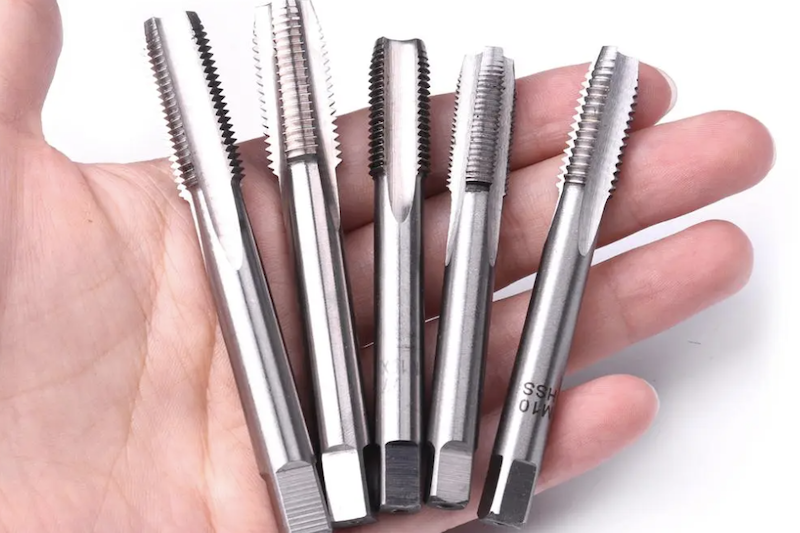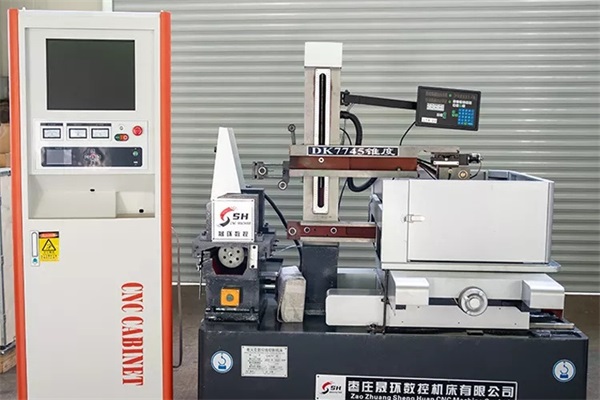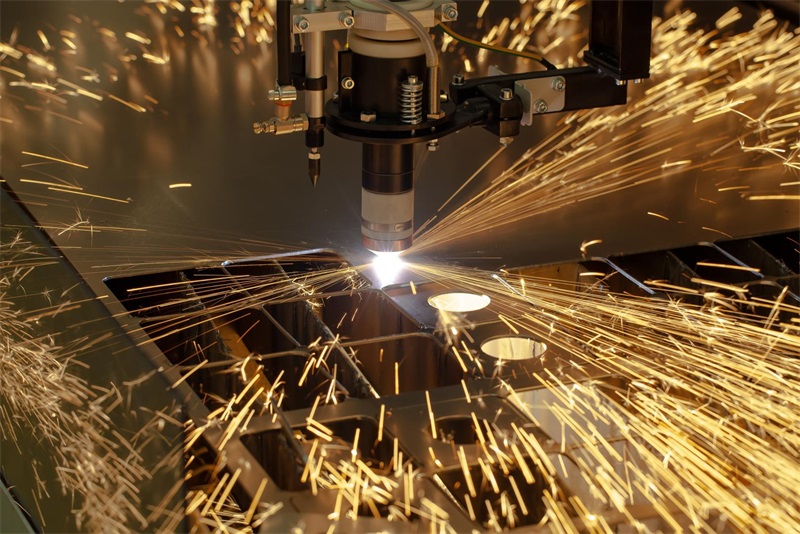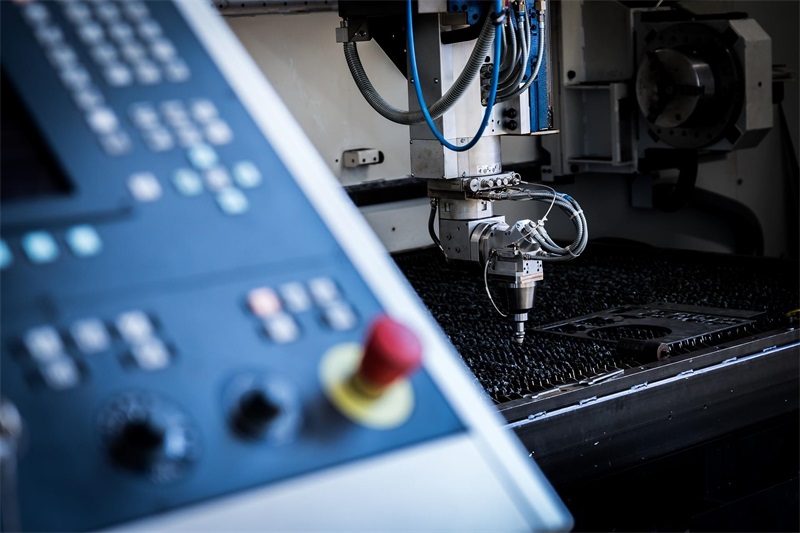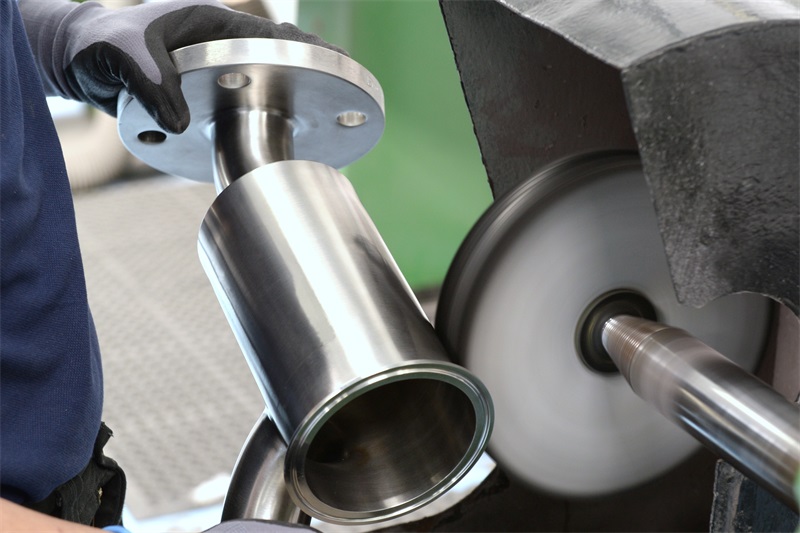Thread taps are tools for machining internal threads. There is a wide variety of them, and different types of thread taps are suitable for different machining requirements. Good news! Here is a detailed introduction to various types of thread taps for you.
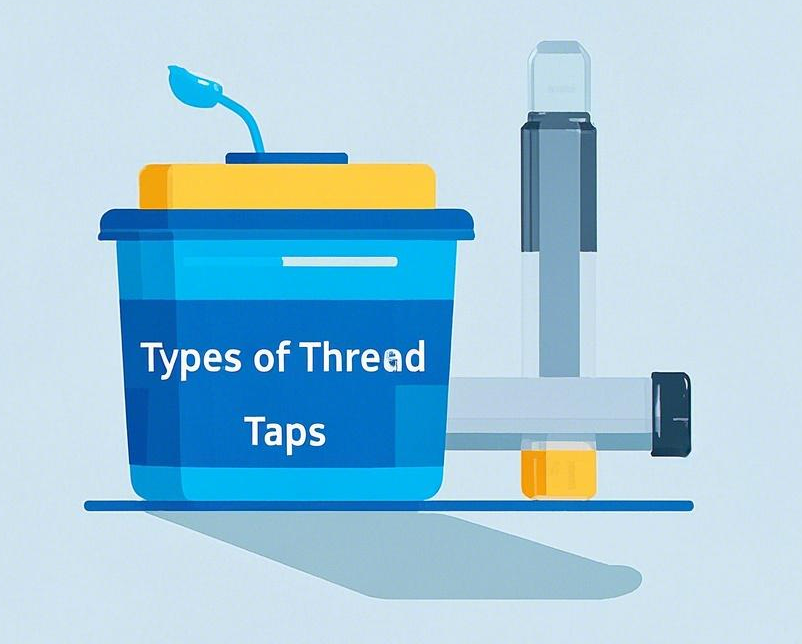
Table of Contents
Classification of Types of Thread Taps by Machining Process
The material characteristics of the workpiece often directly determine the choice of the tap machining process. On materials with good ductility like aluminum alloy, forming taps can create dense and chip-free threads. When dealing with brittle materials such as cast iron, the rigid structure of straight-flute cutting taps can better play its advantages. Choosing the right process is like tailoring clothes to fit the body. It is necessary to balance the material hardness, thread accuracy, and machining efficiency.
Cutting Taps
- Straight-Flute Taps: This is the most common type of cutting tap, with a straight-flute groove shape. It is simple to manufacture and easy to ensure accuracy. It is suitable for machining through-hole and blind – hole threads in various materials. When working with malleable metals, accumulated chips can interfere with cutting operations by jamming between the tool and the workpiece.
- Spiral-Flute Taps: Spiral-flute taps feature spiral grooves, which manufacturers categorize into left-hand and right-hand types based on the direction of the spiral groove. Manufacturers design right-hand spiral-flute taps specifically for machining through-hole threads. During the tapping process, the spiral groove discharges chips forward, preventing blockages in the hole and significantly enhancing machining efficiency and thread quality. In contrast, manufacturers typically use left-hand spiral-flute taps for machining blind-hole threads. In this case, the spiral groove discharges chips upward, effectively avoiding chip accumulation at the bottom of the hole and ensuring smoother operations.
- Taps with Relief Angle: The cutting edge of a tap with a relief angle has an inclined angle with the axis of the tap. The advantages of this type of tap are stable cutting, and smooth chip evacuation, which can effectively reduce the cutting force and vibration and improve the surface quality of the thread. You can see them when machining high-precision threads and difficult-to-machine materials.
Forming Taps
Forming taps create threads through the plastic deformation of the metal material, instead of relying on cutting methods. Unlike traditional cutting tools, these taps don’t have cutting edges or chip pockets. Instead, they feature a unique tooth shape on their surface. When forming taps are used to machine threads, the resulting threads boast high precision and low surface roughness. Moreover, the metal fibers remain continuous, which contributes to a higher strength of the threads. These forming taps are particularly suitable for machining materials with good plasticity, like aluminum alloy, copper alloy, and low-carbon steel.
Classification of Types of Thread Taps by Thread Profile
The differences in thread profile standards are a microcosm of a century of industrial development. Metric threads, with the advantage of decimal conversion, have become the common language of modern manufacturing. Some oil drill pipes still use the imperial API thread standard, which is the result of historical evolution and industry norms. A slight 5 – 5-degree difference in the thread profile angle often determines the sealing grade and load-bearing capacity of the thread pair.
Metric Taps
Metric taps create internal threads with that universal 60° V-shape – the workhorse profile behind ISO standardization. Their millimeter-based pitch system outshines imperial measurements for precision engineering. Consider M30 bolts using 3mm fine threads versus M6’s 1mm pitch – each calibrated for specific load requirements. You’ll find these threads anchoring skyscraper steelwork, securing power plant turbines, and even in your coffee maker’s gears. Aerospace applications particularly benefit from standardized pitch-diameter ratios that prevent mechanical failures.
Imperial Taps
Manufacturers use imperial taps to machine imperial threads. They create threads with a profile angle of 55° and express the pitch as the number of threads per inch. Today, imperial threads are still used in some traditional machinery manufacturing industries and for the maintenance of certain imported equipment.
Pipe Thread Taps
- Straight Pipe Thread Taps: You will see these taps when machining straight pipe threads. The thread profile angle of such threads can be either 55° or 60°. They play a vital role in connecting different piping systems, like the water pipes that supply water to our homes and the air pipes used in various industrial setups. A key feature of straight pipe threads is the snug fit of the thread pair. This tight fit serves as an effective barrier, preventing fluid from leaking out.
- Taper Pipe Thread Taps: Manufacturers design taps for taper pipe threads to produce threads with a specific taper of 1:16. These taps feature two types of thread profile angles: 55° and 60°. When making a connection, as one gradually tightens the threads, the fit of the taper pipe threads becomes increasingly snug. Therefore, they are often used in pipe connections where high sealing standards are necessary, such as in pipeline installations in the petroleum and chemical industries, where any leakage could have serious consequences.
Classification of Types of Thread Taps by Purpose
From the repair toolbox in a street hardware store to the automated production line in an automotive factory, the application scenarios of taps have shaped their morphological characteristics. The anti-slip knurling on the square shank at the end of a hand-held tap and the driving flats ground on the shank of a machine-held tap. These seemingly ordinary design details are actually the crystallization of decades of repeated optimization by engineers for different working conditions.
Hand-Held Taps
Hand-held taps are usually supplied in sets. Firstly, a set typically includes either two or three taps, referred to as the first tap, the second tap, and the third tap. The first tap boasts a particularly distinctive feature in its cutting part. Specifically, it is longer than the others and features a smaller cone angle. This allows the tap to penetrate smoothly into the workpiece, thus ensuring a more efficient and precise start to the threading process. Furthermore, the cutting parts of the second and third taps gradually become shorter, while their cone angles progressively increase. You can use these taps to further expand and finalize the thread. Lastly, hand-held taps are primarily used for manual tapping and are ideal for small-batch production, repairs, or situations where machining equipment is unavailable.
Machine-Held Taps
Machine-held taps are used for machining threads on machine tools. However, compared with hand-held taps, machine-held taps have higher accuracy and better cutting performance and can meet the requirements of high speed and high – efficiency machining.
Nut Taps
Nut taps are specifically designed to machine the internal threads of nuts. Since the production volume of nuts is usually large, the design and manufacture of nut taps pay more attention to improving machining efficiency and service life. To improve production efficiency, nut taps often adopt a multi-start thread design, that is, there are two or more thread lines on the tap. One tapping stroke can machine multiple thread teeth at the same time, greatly shortening the machining time.
Special Taps
For certain specialized machining needs, a variety of unique taps are utilized. One notable example of this is the use of taps specifically designed for challenging materials, such as superalloys and titanium alloys. In order to meet these demanding requirements, these taps often incorporate advanced tool materials and coating techniques. Consequently, they are able to enhance their durability and cutting efficiency.

Professional Customization: Making Precision Machining More Efficient
In actual production scenarios, no matter which type of thread tap is chosen, the accuracy, durability of the tool, and compatibility with the material directly affect the machining efficiency. For enterprises that need to customize non-standard taps or special thread machining tools, it is particularly important to choose an experienced and responsive supplier.
Team Rapid Tooling has been actively engaged in the field of precision manufacturing for over ten years. Its core services include:
| Feature | Description |
| Customized Types of Thread taps and Tools | Supports the rapid design and production of special thread specifications. |
| Quick Response Ability | Provides technical solutions and quotes within 24 hours. Completes sample delivery within 5-7 days to meet the needs of urgent orders. |
| Full Industrial Chain Support | Covers from injection molds. |
If you are looking for a cost-effective custom thread machining service, you can come to Team Rapid Tooling to obtain detailed technical information and case references.

